Soil is a mixture of minerals and organic materials. It is the uppermost loose layer of the Earth’s crust. There are different types of soil classified on the basis of particle size and water retention capacity. The following are the types of soil. Let’s read.
Types of soil
Sandy soil
Sandy soils have a relatively larger particle size than other types of soil. These soils generally have low nutrient content and low water retention capacity. Sandy soil is one of the most widespread soils in the world.
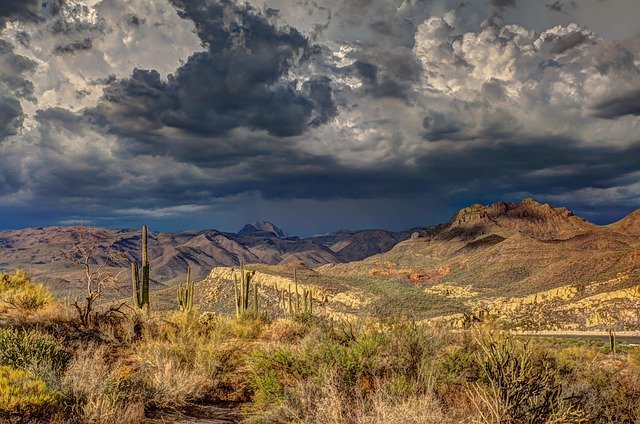
These soils are easily washed away by the rainwater leading to water erosion. This is the main reason for the low nutrient content in the soil.
Clay soil
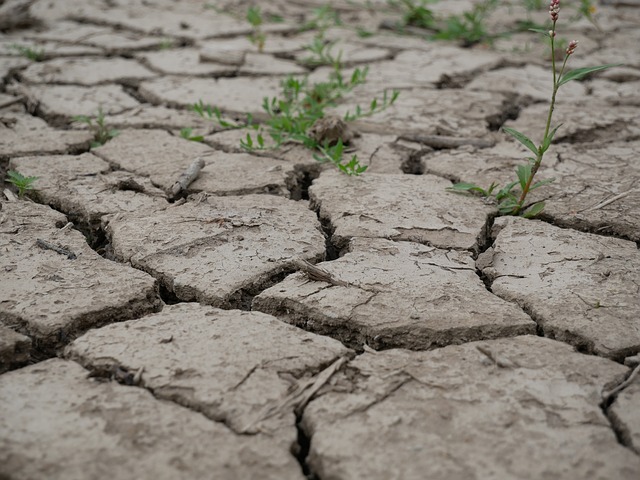
Clay soils are soils with very fine particle sizes. The water retention capacity and nutrient content in these soils are very high. These soils become sticky when wet and break down when dry. Clay soil though has high nutrient content but is not suitable for plant growth because of slow water infiltration.
Silt soil
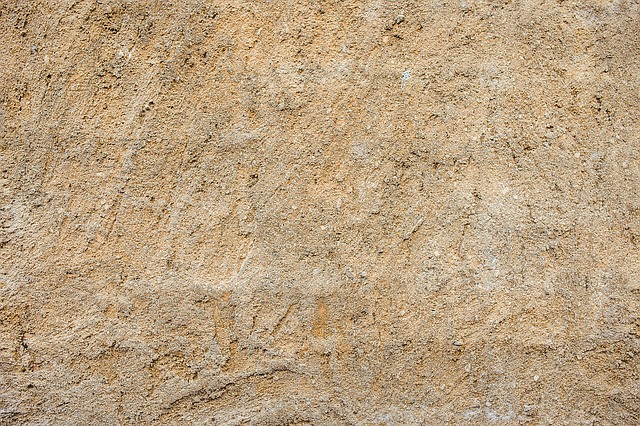
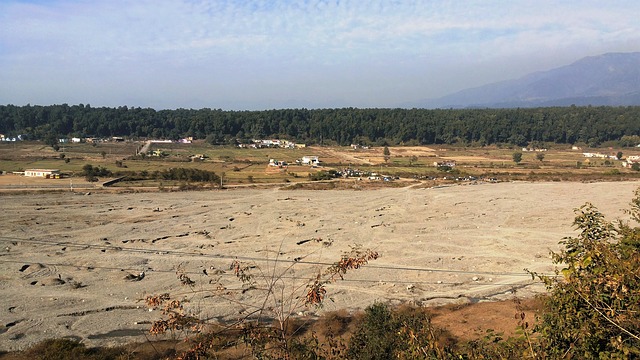
The particle size in silt soils is smaller than sandy soils but larger than clay soils. Due to the medium-sized particles, the water retention capacity is fair. Water erosion does occur in this soil when the amount of rainfall is high.
Loam soil
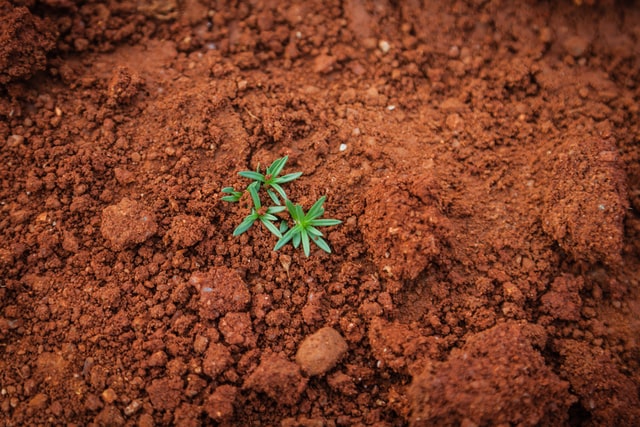
Loam soils are a mixture of sand, silt, and clay. In loam soils used for gardening and agriculture, the proportion of clay is the smallest. Sand and silt are generally in equal proportion. Loam soil has good nutrient value and good water retention capacity.
Which is the best soil for agriculture/gardening?
Loam soil is the best soil for agriculture/gardening. For specific crops/plants, specific types of “loams” can be created that have the required nutrient content. This is achieved by increasing either sand, silt, or clay in the mixture or by adding organic content.
Formation of soil in a nutshell
Soil is formed after the breaking up of rocks through various mechanical, chemical, and biological processes. The formation of soil takes thousands of years. The broken-down rocks mix with the organic matter to form soil.
Read more
Types of soils in India- Alluvial soil, Black soil, Red soil, etc.